10 Frequently Asked Questions about Flip Book Printing
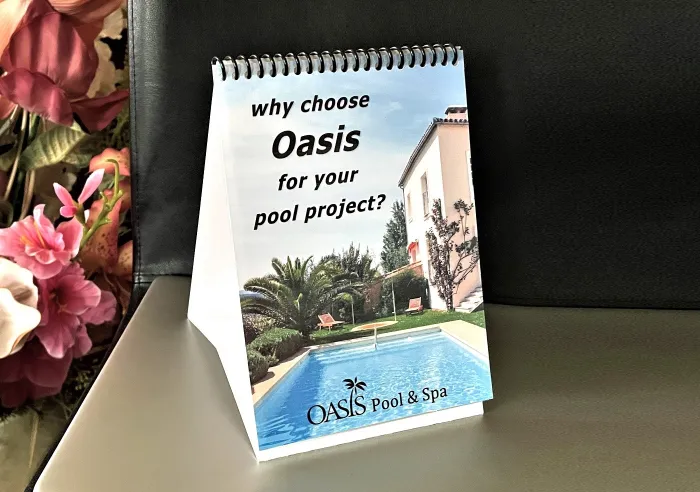
estimated reading time: 9 minutes
Custom Flip Books
This article addresses the questions most often asked about Self-Standing
Flip Books. Unlike a traditional book that lies flat on a desk or table, a self-standing
flip book has an easel-style base that allows it to stand upright. This vertical
posture provides a more engaging format for sharing information.
Self-standing flip books are used for a variety of purposes,
including sales and promotion, training and instruction, product information,
general reference, and any other purpose where information needs to be conveyed
in a visually appealing and interactive manner.
Here are 10 frequently asked questions (FAQs) about custom printed Flip Books:
1. How are self-standing flip books constructed?
A self-standing flip book uses a triangular-shaped base made
out of thick cardstock. This cardstock base is bound directly into the book. The
dimensions of the base are determined by the specs of the flip book itself. Also,
the base is designed to be collapsible so the book can be folded down and
stored easily.
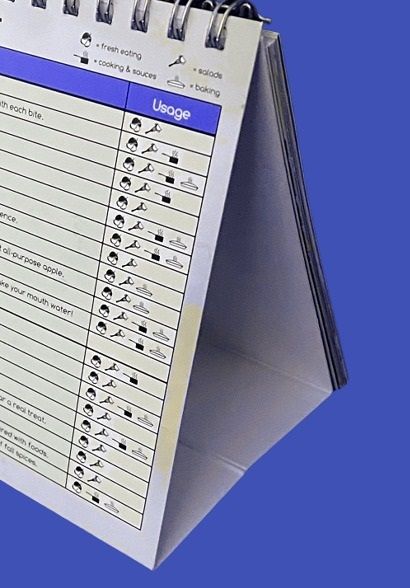
The pages and cover of self-standing flip books are
typically made from heavyweight paper or cardstock. The stiffness provided by a
heavier stock allows for easier page turning as well as greater resistance to becoming
creased or torn.
Self-standing flip books are bound along the top using a
durable binding element made of PVC plastic or metal wire. Custom printed flip
books come pre-assembled and ready to use.
2. What are common uses for self-standing flip books?
The versatility of self-standing flip books allows them to
be used for many different purposes. Below is a list of the more common uses…
Sales Presentations - self-standing flip books are perfect
for sales presentations. These books not only add a visual component to a
sales pitch that helps boost the client's interest and comprehension, the flipping of
pages helps to regulate the tempo and flow of the information being presented.
Plus, no important details or selling points get overlooked or forgotten by the
salesperson.
Training and Instruction - self-standing flip books are
great for training and instructional purposes. This is true whether people are reviewing
the information by themselves or a trainer is using the flip book to guide the
learning session. By presenting and focusing on one page at a time, flip books
greatly enhance a step by step learning process.
Medical and Healthcare - Illustrated flip books provide a
convenient way for doctors, dentists, and other healthcare professionals to clearly explain procedures and
treatment options to patients. Flip books can also be used to review procedures
and protocols with staff.
Education and Learning - flip books can be created for a
variety of different subjects. In addition to written details, flip books can
provide illustrations and photos to augment a student's understanding of the
subject matter. Also, flip books can be used for self-study or referenced by an
instructor during one-on-one or small group learning sessions.
Marketing and Promotion - Flip books can be used to create
awareness of a product or service and to promote its features and benefits. For
example, flip books can be placed in showrooms, lobbies, trade show booths, and
various retail settings to attract attention and entice prospects with
promotional offerings.
Appetizer, Drink, and Dessert Menus - many eating
establishments place a self-standing flip book on each table to promote the
appetizers, drinks, and/or desserts they offer. The upright posture of self-standing
flip books helps them get noticed. Plus, the multi-page format allows a
variety of choices to be displayed.
Desktop Calendars - the self-standing flip book format works
great for desk calendars. Many companies that distribute promotional calendars
to clients use a self-standing format to help keep their company name and
marketing message in front of customers all year long.
Interactive Storytelling - flip books that stand upright are
ideal for story books. Compared to a book that lies flat, storytellers and teachers
can more easily share the book's content with a small group of children.
3. What sizes are available for self-standing flip books?
Flip books are available in a range of custom sizes. That
said, since flip books are intended to convey information in a clear and
easy-to-read manner, they shouldn't be too small. Also, since self-standing
flip books are designed to be portable, and will sit upon a desk, table, or
counter, they shouldn't be too big.
So to be practical, it is recommended that flip books be
made within the size range of 6" x 4" to 17" x 11" (or 4" x 6" to 11" x 17" if
using the portrait orientation). Flip books measuring 8.5" x 5.5" and 11" x
8.5" are very common sizes. As such, they are among the most economical. In
addition, both of these sizes also offer good functionality and portability.
Whatever size you choose for your self-standing flip book,
bear in mind that the landscape orientation (width greater than height) will
offer better stability than its portrait counterpart (height greater than
width). Landscape books are more stable because the base has a larger footprint
and the horizontal shape helps prevent the books from becoming too "top
heavy."
4. Are the page sheets in a self-standing flip book printed on one side or both sides?
Self-standing flip books can be printed as single-sided
sheets or double-sided sheets. Since the purpose of a flip book is to present
information in a sequential and logical flow, whether to print the book with
single-sided or double-sided page sheets will depend on how the flip book will
be used.
For example, if the intention is for people to view the book
on their own, such as a flip book placed on a retail sales counter for any and
all customers to flip through, the sheets are usually printed on one side only.
Otherwise, in order for the user to read the content printed on the reverse
side of a page, he or she would have to spin the entire book around every time
a page was flipped.
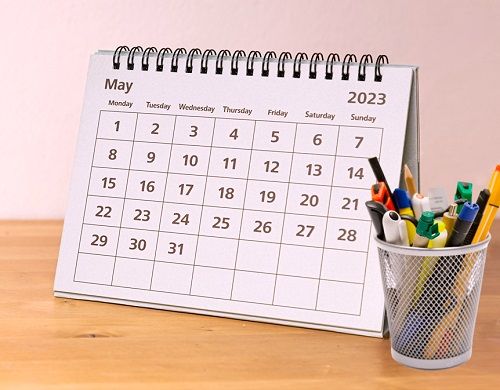
However, if the flip book will be used by someone presenting
the information to one or more people - such as a salesperson, trainer, or
instructor - the sheets within the book will generally be printed on both
sides. In this case, the flip book will be placed between the presenter and the
presentee(s). As the pages are flipped, the presenter will either see the exact
same information the presentee(s) will see, or the presenter's side can be
printed somewhat differently. For instance, the presenter's side may include
reminders and prompts to ensure the presenter covers additional points and
engages the audience along the way.
5. How many page sheets can a self-standing flip book have?
Though the absolute minimum number of sheets that can be
bound together is 2, the maximum number of sheets can vary from project to
project. The only real concern is that the combined weight of too many sheets might make the upright
book unstable, causing it to topple.
This is more of an issue with books that are taller than
they are wide. Having said that, most flip books have a sheet count of 30 or
less and are able to function perfectly fine (30 sheets equates to 60 pages).
Also, if there are any concerns about an excessive amount of pages, these will
be addressed prior to printing and binding the book.
6. What type of binding is used for self-standing flip books?
Self-standing flip books are created with either the Spiral Coil
Binding method or the Wire-O Binding method. Both of these binding styles are
"punch and bind" methods, which means one edge of the book's cover and pages are punched
with holes or slots through which the spine elements are inserted and secured.
The spiral coil binding method uses a spring-like spine made
of durable PVC plastic. The wire-o binding method uses a spine that contains a
series of loops made from metal wire. The spines of both methods are available
in multiple colors to complement just about any book project.
Furthermore, both of these binding methods work well for
flip books because they allow the cover and pages to flip smoothly from one side of the book to the other with no resistance. These binding styles also work extremely well with
index tabs, which is an optional feature that allows a page or section within
the book to be located quickly and easily.
7. Can I add or remove pages from a self-standing flip book?
If the flip book has been created with the spiral binding
method, pages can be added or removed by un-crimping one end of the spiral coil,
unwinding it, and then reinstalling the coil once the page changes have been made.
Of course, any new pages will have to be pre-punched with a matching hole
pattern along one edge to accommodate the coil. Also, it is important to note
that un-crimping and re-crimping the coil can only be done a few times before a
replacement coil might be needed.
If the flip book has been created with the wire-o binding method,
it is somewhat difficult to add or remove pages. This is because opening and
closing the wire loops manually can lead to distortion and misalignment. This
not only affects the appearance, it can also disrupt the function of the flip book.
Hence, wire-o binding is not well suited for flip book projects that will require
periodic page changes.
8. Can self-standing flip books be laminated?
Yes, many flip books are ordered with an optional laminate that
is applied to the cover and pages. Made of durable plastic film, a laminate
provides a layer of protection against dirt, moisture, and general wear and
tear. As such, laminates are especially recommended for flip books that will be
subject to frequent handling and/or used in an environment where stains or
spills might occur.
Laminates are available in a variety of sheen levels and
thicknesses. Laminates not only enhance the appearance and resilience of flip
books, they also add more stiffness to the pages. The added rigidity makes the
pages easier to flip.
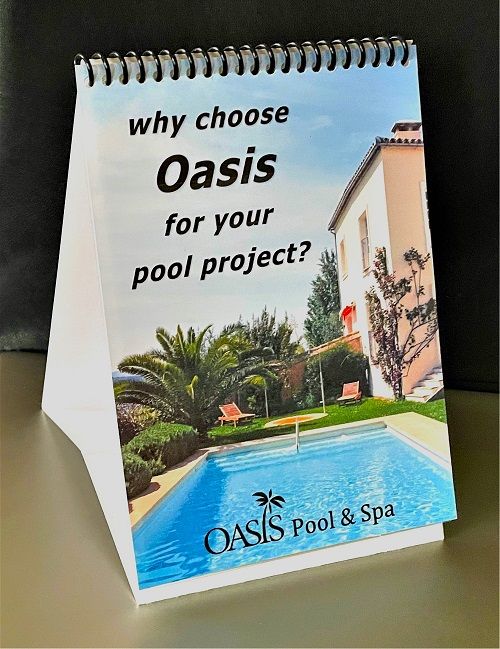
9. Do self-standing flip books go by any other names?
In addition to being called a self-standing flip book, this
style of book is also known as an easel-style flip book, desktop flip book, or
tabletop flip book. Also, when used as a selling tool to assist with an in-person
sales meeting with potential clients, flip books are often referred to as
presentation books or pitch books.
10. What is the cost of producing a self-standing flip book?
Like any book project, the cost will vary based on the order
quantity, size, and number of pages, as well as the ink colors and paper type
selected. However, as a general rule, fabricating the easel style base and
adding it to a book will only increase the book's cost by 20-25%. So creating a
self-standing flip book is actually more affordable than one might expect,
especially when considering the added value it provides.
Flip books are popular because they are compact and
convenient. They are definitely low-tech, but that actually gives them an
advantage because they can be used anywhere and at any time. They do not
require a laptop, tablet or other device, nor do they need electricity or
internet connection to function. Printed flip books are dependable 100% of the
time.
Looking for custom printed Flip Books at an affordable price?
If you are looking for custom printed flip books, be sure to
get in touch with Color Vision Printing. We can print your flip books in
any color scheme or convenient size.
Founded over 40 years ago, Color Vision has developed a
strong reputation in the printing industry by offering quality printing at
affordable prices. Also, because we have both offset and digital printing presses,
we can assist with a variety of run sizes.
If you have an upcoming project and would like a quote, just
fill out our easy Quote Request form to send us your specifications.
Or, if you prefer to discuss your project by phone, we can be reached at 800-543-6299.
As always, we look forward to assisting with
your next print project!
Related Articles
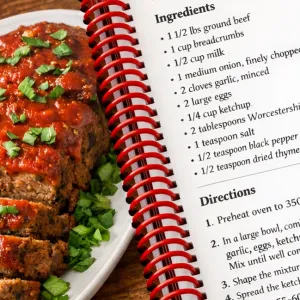
Which Book Projects Benefit From Being Spiral Bound?
Read This Article
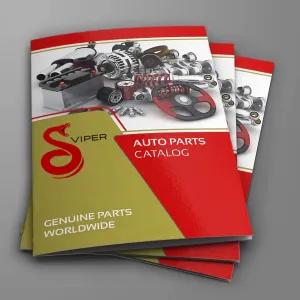
Booklet Catalogs: Why is this Catalog Format so Popular?
Read This Article
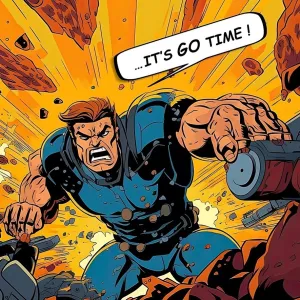
Creating a Comic Book? Here’s some Advice from a Printer
Read This Article

Perfect Binding vs PUR Binding: What is the Difference?
Read This Article